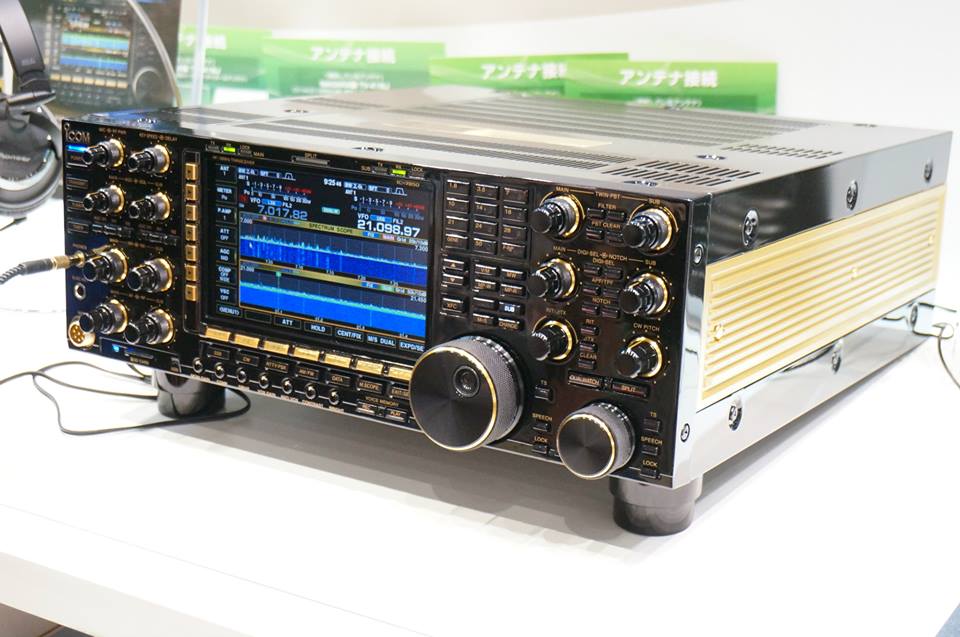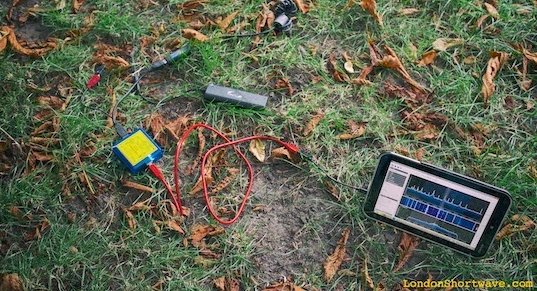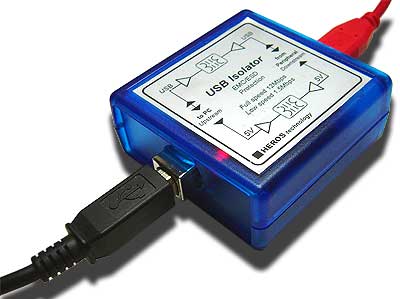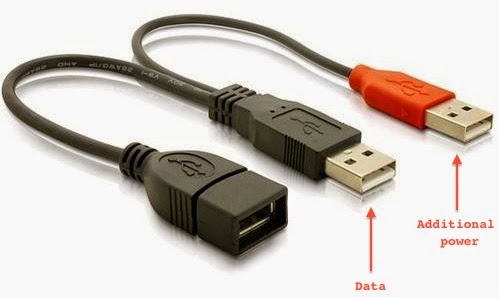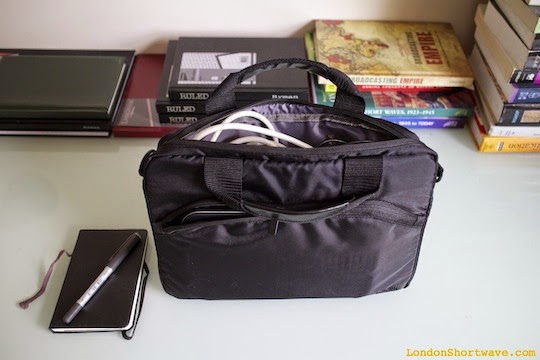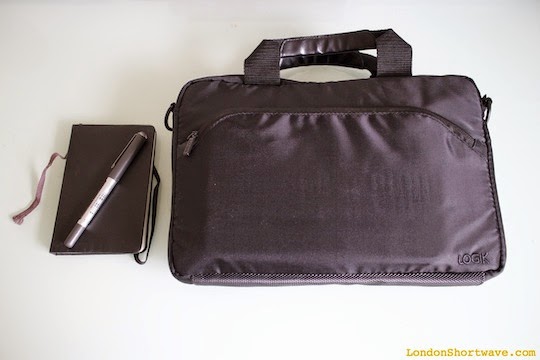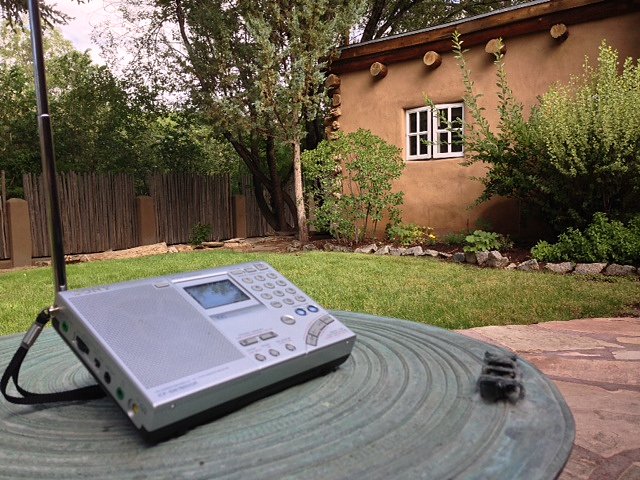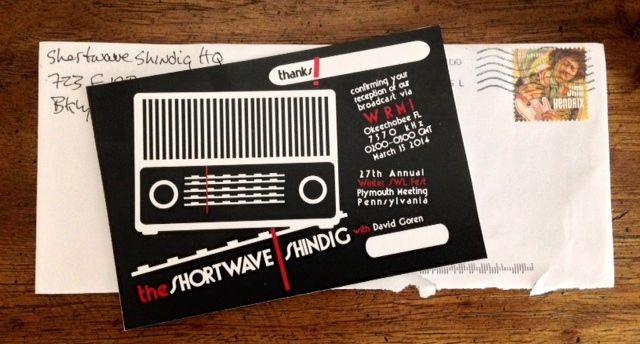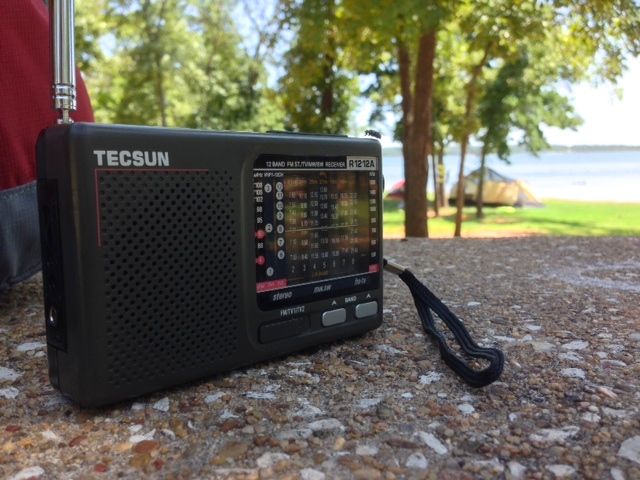Many thanks to Dave (N9EWO) for compiling news on the newly introduced SDR TRX-305 SSB 5 Watt Transceiver modular kit, AOR AR-DV1 Digital Voice Receiver, Yaesu FT-991, Icom IC-7850 flagship transceiver, and much more.
Monthly Archives: August 2014
London Shortwave refines his tablet-based portable SDR
One of the great things about the SWLing Post is that readers share their varied–and highly creative–methods of playing radio. A few weeks ago, SWLing Post reader, London Shortwave, shared his portable SDR set-up with us; he uses this outdoors to mitigate London’s heavy radio interference. Dennis Walter, president of Germany-based Bonito, commented, and later posted an alternative portable SDR solution using the Bonito RadioJet IF receiver.
Below, London Shortwave shares a guest post (also viewable on his blog) which describes in detail his design for his portable SDR around the FunCube Dongle Pro+ and an 8″ Windows tablet, and explains how effectively it works for him. This post includes recordings and a video; it’s an excellent tutorial:
DESIGNING A PORTABLE SDR SYSTEM
This article is a follow up to the submission I made to the SWLing Post a little while ago. In short, the idea was to combine the FunCube Dongle Pro+ USB-based software defined radio (SDR) with an 8″ Windows tablet running SDR# to have a portable, on-the-go SDR solution.
Tablet radio interference
At the outset, I thought that all that was necessary was a tablet (I chose Toshiba Encore 8″), the FunCube dongle itself and just some antenna wire. This turned out to be a naive assumption because the tablet’s USB interface injected enormous amounts of radio frequency interference (RFI) into the SDR, making listening on some shortwave frequencies essentially impossible. Just to be sure that I wasn’t being plagued by a defect of my chosen tablet model, I tried out the same set-up on a Dell Venue 8, with identical results.
To deal with the issue of tablet-generated RFI, I bought a galvanic USB isolator, which, in essence, is a box that breaks the electrical connection between the USB dongle and the tablet’s USB interface while allowing USB data to pass through in both directions.
Additional power for the SDR
Connections
The isolator resolved the RFI issue completely, but created another problem altogether: the device specifications state that the isolator’s power output is restricted to 100mA at 5V. This is sufficient for USB devices that are self-powered but not for the FunCube dongle that draws all of its power from the USB port to which it is connected.
One way to supply extra power to a USB device is to use a “Y-cable”. Such cables have one extra USB plug that can be attached to a source of additional power (for example, a USB power bank). This solution is commonly used to connect power-hungry items, such as large hard disks, to low-power, portable computing devices (laptops and tablets). Having bought this cable, my next step was to find/improvise a battery that meets the USB power specifications (5V, 500mA).
Yet more interference
My first thought was to use the mobile USB power bank that I use to charge my iPhone while on the go. After all, it already has a USB port and supplies power with the right voltage. Once again, my expectations were confounded and RFI reared its ugly head! The power bank radiates significant interference into the circuit because it uses a switching regulator to maintain steady voltage. Luckily, I came across Gomadic’s portable AA battery pack with regulated 5V output that emits way less interference than any of the other USB batteries I tried (my intermediate solution used 4 rechargeable AA batteries and a makeshift USB connector, and although this resulted in zero additional interference I decided that it’s not safe to supply the SDR with unregulated voltage that doesn’t match the rest of the circuit). I used the handy passthrough USB voltmeter I bought in Maplin to check that Gomadic’s nice-looking gadget does indeed give out 5V as advertised.
So, what can one do with the remaining RFI from the additional power supply? It turns out that it can be mitigated quite effectively by inserting a balun (item 10 on Figure 2) between the SDR and the antenna wire (item 12). The balun is connected to the SDR with a coaxial cable (the “feed line”, item 11). Additionally, ferrite choke rings (item 9) attached to the feed line help reduce this RFI further: winding the feed line through the choke rings several times is sufficient. However, neither the balun nor the chokes are effective enough to replace the USB isolator! It appears they only help with the noise generated by the power supply, which is relatively minor anyway.
Cost vs Portability
When SWLing Post published the details of my intermediate solution, Dennis Walter – one of the engineers behind Bonito RadioJet – popped up in the comments section and suggested that my setup is too tedious, as it involves lots of cables, and that his SDR is superior in terms of portability and the supplied software. While I haven’t had the chance to evaluate RadioJet, I pointed out that the cost of his radio is significantly higher than that of all of my components put together. I also mentioned that the free SDR# software I use is superb: it sounds excellent and offers a number of features that many software packages and conventional radios don’t have. So, having finalised my design, I thought that it might be time to tally up the cost and listen to the results.
Below is the full component list:
1) Toshiba Encore 8″ tablet $194
2) On The Go USB host cable for Toshiba’s micro USB connector: $7
3) Heros Technology USB Isolator: $125
4) USB Y cable with two males + 1 female plugs: $8
5) Gomadic Portable AA Battery Pack with regulated 5V output: $20
6) Gomadic female USB connector tip: $6
8) USB volt-meter (optional): $33
11) Feedline cables $7
12) 6 metres of thick copper antenna wire: $8
Adding up the prices of items 2 – 12 (and excluding the optional voltmeter) brings the total cost to $449 vs. Bonito RadioJet’s $689. For the price difference you can throw in the Toshiba tablet at $194 and still have some change, enough to buy a carrier bag and perhaps even a nice pair of headphones!
In terms of portability, the entire setup fits nicely into an 11″ laptop carrier bag.
Setting things up in the field is not particularly cumbersome, either:
As for the results, listen to the below snippets and be the judge. The only thing I will say is that none of my other portable radios have ever given me this kind of performance, not even with the long wire antenna attached:
And while we’re at it, here’s a demo video:
Portable SDR on Toshiba Encore 8″ Tablet from London Shortwave on Vimeo.
At one point I wanted to build an enclosure to house the FunCube dongle, the power supply and the USB isolator in a single tidy unit, but I no longer see the need. It’s easy to pack all of those items into the carrier bag and also they are all useful individually: the USB isolator can be paired with other SDRs, and I recently discovered a neat additional use for the Gomadic battery pack.
Well, that brings me to the end of this post. I hope my design will inspire you to come up with your own portable SDR system, and that you will share your results with me in the comments section. Happy listening!
SWLing in New Mexico: Radio Australia
This morning, I was very happy to tune to Saturday Night Country on Radio Australia (9,580 kHz). RA’s signal was booming into Taos, New Mexico, where my travels have taken me this Saturday morning.
It was a welcome relief to hear RA; the shortwave bands have been in terrible shape the past three days or so. The ionosphere has been so disturbed that the only broadcasters I’ve been able to hear have been Radio Havana Cuba and a few domestic religious broadcasters.
I hope to take the CommRadio CR-1 out later today and perhaps test a couple of outdoor antennas…Stay tuned!
Shortwave Shindig QSL
Happiness is receiving your Shortwave Shindig QSL card which sports the superb Shindig logo by Jeff (K1NSS).
Did you miss the Shindig broadcast? Click here to listen to off-air recordings.
Also, click here to check out all of David Goren’s work at Shortwaveology.net.
I hope the Shindig will do another live broadcast in 2015. Stay tuned!
Will Voice of Russia return to shortwave October 2014?
SWLing Post reader, Stephen Cooper, writes:
“Voice of Russia to return to shortwave October 1, 2014. A new schedule has been uploaded to HFCC from GFC for The Voice of Russia from 1st October including English to North America and Europe: http://hfcc.org/data/schedbyfmo.php?seas=A14&fmor=GFC“
I thought, perhaps, these were schedules posted prior to VOR leaving the air, but Stephen notes that VOR has posted and made constant changes to their B14 schedules as well. Stephen follows schedules closely as he has a website and app devoted to shortwave radio schedules.
This does seem like a lot of effort if VOR has no intention of returning to the shortwaves.
Stephen also points to this article which mentions that Russia may be bringing back shortwave and a new body might be in charge of operations.
I suspect if VOR is returning to shortwave, it is in reaction to the recent changes at the Voice of America/Radio Liberty and the promise that HR4490 might increase a pro-US presence on the air.
In the end, we might not know until VOR actually resumes shortwave broadcasts.
We will keep you posted! Follow the tag: VOR
Picnicking and SWLing by the lake
Yesterday, while traveling near Oklahoma City, I stopped by Lake Thunderbird State Park for lunch and a little shortwave listening.
Blue sky above, sparkling water below, and a tasty homemade lunch in an RFI-free environment were ideal conditions for portable SWLing. I used my little Tecsun R1212A which was easily packed in the picnic bag. Many broadcasters in the higher bands; most notably, Deutsche Welle’s Hausa service, which was quite strong.
As always, my motto: “Have radio, will travel!”
John follows Radio Australia schedule changes
Yesterday, John Figliozzi (editor of The Worldwide Listening Guide) followed Radio Australia schedule changes as he heard them online and over the air:
“Listening in now (1415 GMT/UTC) on 12065 kHz. and via the internet, the scheduled program (up to now) “Late Night Live” is missing with alternative rock music from Triple J taking its place at this time. On the RA web page, there is a notice stating:
“Schedule update
We are in the process of updating our radio schedule. We’re introducing some new shows and some existing ones have moved to new time slots. Please stay tuned, we’ll be publishing the full new schedule soon.”LNL is a Radio National-sourced program, so I gather this means it’s either being moved to a new time slot or (hopefully not) dropped altogether. No doubt a bit of confusion wrought by the thoroughly precipitous manner in which the ABC has had to adjust to the government budget cut that prompted that all this, a budget cut the Coalition had claimed prior to its election that it was in no way contemplating.”
Three hours later:
“At this point, it appears that Radio Australia shortwave frequencies and online is just relaying Triple J Unearthed, one of the ABC’s all digital networks, that plays new Australian music 24/7 with occasional IDs but no DJ commentary.
Then four hours later:
“A more normalized schedule appears back in place as “Pacific Beat” was heard via the RA internet stream from just past 1900 until 2100 GMT. This is the two hour morning edition of the program which carried a very nice tribute to the “retiring” Sean Dorney, the ABC’s and RA’s Pacific correspondent, after 40 years with the organization. There was a reminder at the end of the program for listeners to tune into the afternoon edition of the program later in the day, which if memory serves is a shortened compilation of some of the morning content. Perhaps the earlier relay of Triple J Unearthed is just a temporary placeholder or is intended as overnight programming (Australian time)?
Listening now (2100) via shortwave. 17860 putting in a steady listenable signal peaking at S8 albeit with the usual local late afternoon QRN. “ABC News for Radio Australia” followed by “AM”, morning news program at 2110.”
Be sure to check out John Figliozzi’s book, The Worldwide Listening Guide online–click here for my most recent review.
Thanks for sharing this, John!

